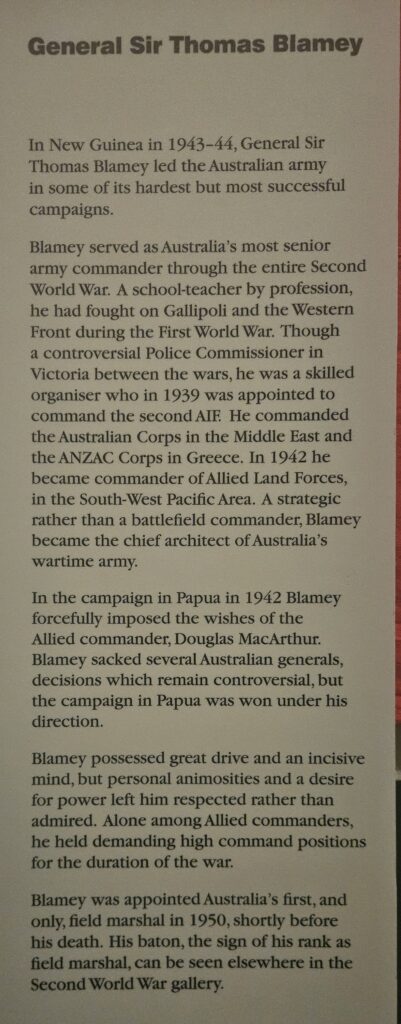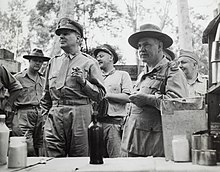
During World War II, the Australian military commander in Brisbane was General Sir Thomas Albert Blamey. Blamey was appointed as the Commander-in-Chief of the Australian Military Forces in 1939 and held that position throughout the war. After leading the Australian Forces in Europe and the Middle East he came back to Australia in 1942.
Here hewas responsible for overseeing and coordinating the Australian military operations in the Pacific theatre, including the defence of Australia during the early years of the war. As the senior Australian military commander, he worked closely with General Douglas MacArthur, the Supreme Allied Commander in the Southwest Pacific Area (SWPA), who established his headquarters in Brisbane.
Blamey’s Allied Land Forces Headquarters (LHQ) was established in Melbourne, but after MacArthur’s General Headquarters (GHQ) moved to Brisbane in July 1942, Blamey established an Advanced LHQ in nearby St Lucia, Queensland.

Blamey’s role as the Australian military commander included strategic planning, deployment of troops, coordination with Allied forces, and liaison with political leaders. He played a crucial part in the defence of Australia and the subsequent offensive operations in the Pacific, including campaigns in Papua New Guinea and the Philippines.
Blamey’s leadership and strategic decisions faced both praise and criticism during his time as the Australian military commander. However, he played a significant role in the organization and development of the Australian military forces and was involved in shaping the overall Allied strategy in the Pacific theatre.
It is worth noting that General Douglas MacArthur, as the Supreme Allied Commander, had ultimate authority over the Allied forces in the Southwest Pacific Area, including Australian troops. However, Blamey held a key leadership position within the Australian military and was responsible for the specific command and coordination of Australian forces in the region.
